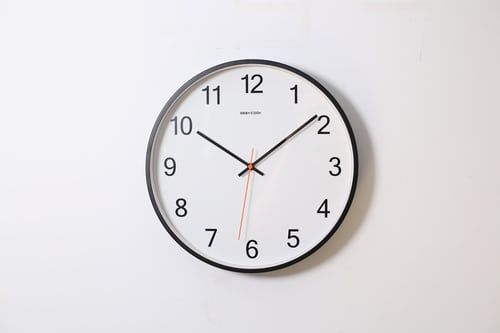Clocks in the United States spring forward an hour on the second Sunday of March marking the beginning of the daylight saving time. This year, it starts on March 14 and will end on November 7. Sunsets will be pushed later into the evening hours and sunrises later in the morning with the change set to disrupt the sleep cycle of millions of Americans.
Also Read | Who is Kirk Franklin, famed gospel singer whose cussing video was leaked by own son Kerrion
What is daylight saving?
Daylight saving is a practise started in the US during World War I as a way to conserve energy. The thinking was that if the number of daylight hours are shifted in the evening, people would spend fewer hours with the lights on at home.
People are also less likely to sleep through the morning daylight hours, since they are shifted an hour ahead as well, hence saving ‘daylight’ for the most productive hours of the day.
When is it?
In the US, daylight saving has begun on the second Sunday of March, just as there is a significant increase in the daylight hours, since 2007. It ends on the first Sunday of November. In the UK, France and Germany, it begins and ends on the last Sunday of March and October, respectively.
Also Read | Sheryl Underwood: Comedian in news for her heated conversation on racism with Sharon Osbourne
While writing the Uniform Time Act in 1966, American lawmakers decided the best time to switch the clocks was “2 o’clock antemeridian” or 2:00 am, according to New York Times.
Why is it needed?
After being introduced during the first World War, it became a national standard in the US in the 1960s as a way to ensure maximum productivity in a day.
The practise allows for more business to be conducted in a day for the likes of gas pumps, convenience stores and other retail businesses.
“When it’s dark or there are limited hours after work, people tend to go straight home and stay there,” NYT quoted Jeff Lenard, a spokesperson for the National Association for Convenience Stores, as saying.
Also Read | Mexico’s Juan Francisco Estrada wins WBC rematch against Roman Gonzalez
“When it’s lighter, they are more likely to go out and do something, whether it’s in the neighbourhood, a local park or some other experience. And that behaviour shift also drives sales, whether at a favourite restaurant or the local convenience store.”
Interestingly, the states of Arizona and Hawaii do not follow daylight saving time. Arizona opted to keep a standard time throughout the year because of its hot summers, and an earlier sunset time will allow residents to enjoy cooler temperatures in the evening hours.
Hawaii is the southernmost state in the US and does not notice a significant difference in the number of hours in a day in the summer months against winter months.







